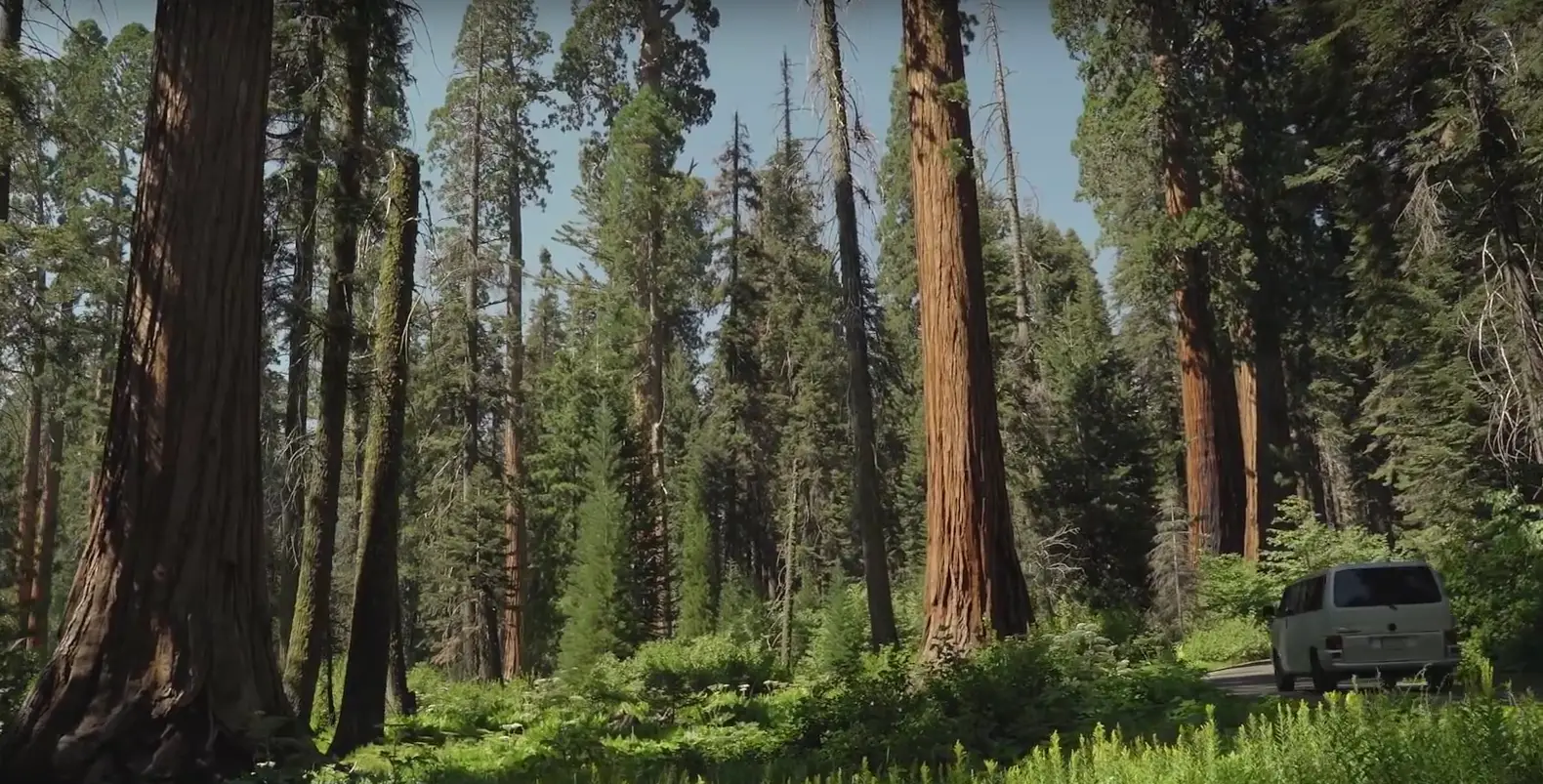
RV Camping in Sequoia (Kings Canyon National) Parks
Maybe it’s the feeling of permanence—of immortality—that a 2,000 year old sequoia tree exudes which draws me and the wife back each year. The sequoia is the largest living thing on earth—magnificently beautiful, rich in colors and so sweet to the nostrils! Maybe it’s the snow-capped and soaring saw-toothed peaks or the deep rugged canyons and roaring Kings River that inspires an annual return.
Table of Contents
About the Parks
With Kings Canyon to the north, and Sequoia National Park on the south, they are two separate parks, administered as one. Located in the southern Sierra Nevada Mountains of central California, the parks are embraced by three National Forests: the Sequoia, the Sierra and the Inyo National Forests.
Sequoia/Kings Canyon encompasses over 863,700 acres, ranging in elevation from 1,500 feet (Ash Mountain) to 14,494 feet (Mt. Whitney). Despite the 140 miles of connecting roads, 85 percent of the land is wilderness—accessible only by foot. The parks are open all year.
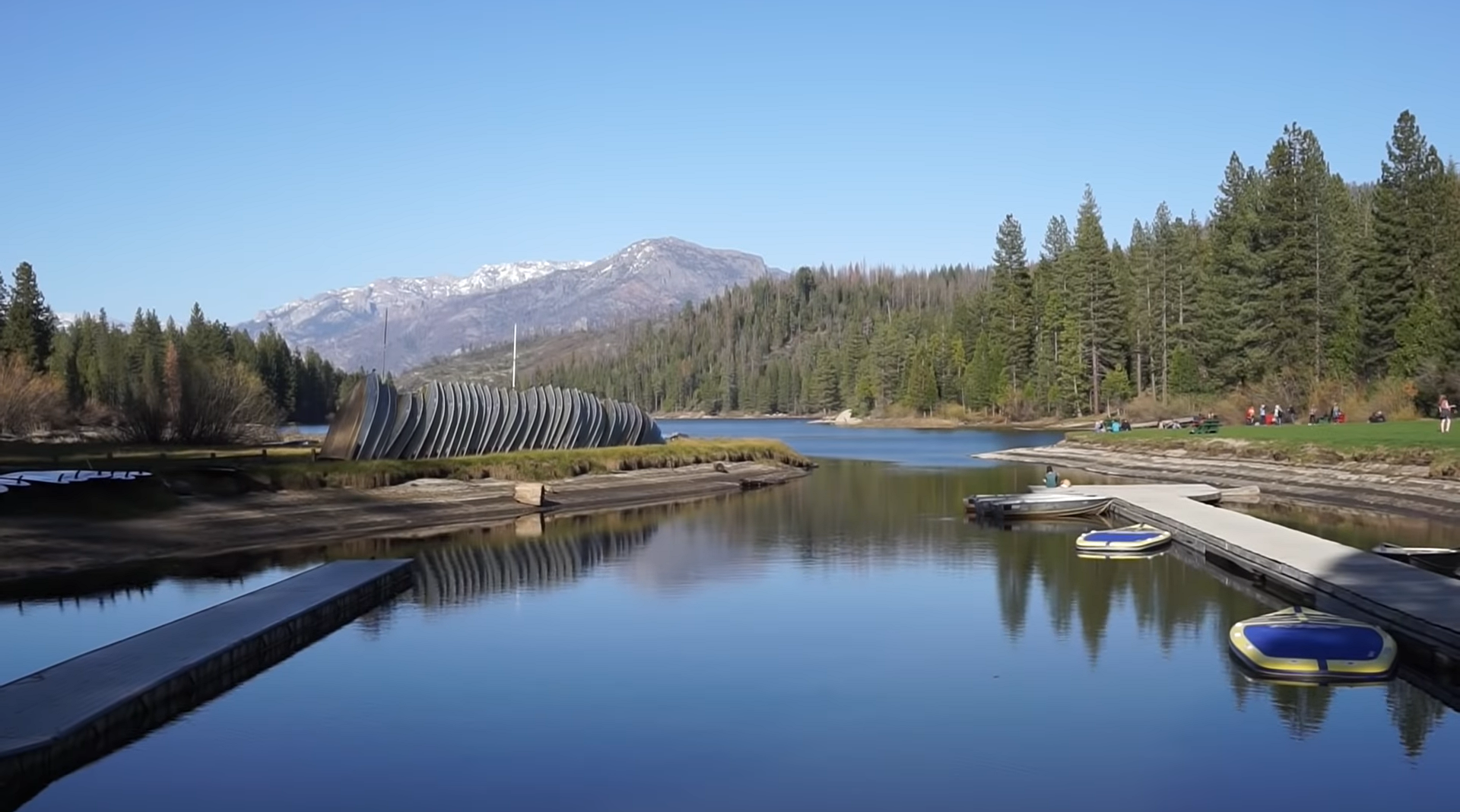
Three entrances provide access to Sequoia/Kings Canyon’s four developed areas. The Big Stump Entrance (Highway 180 from Fresno, Ca.) is the only portal to Grant Grove and Cedar Grove Villages in Kings Canyon National Park. It is also the best park access road for larger RVs and trailers. The Ash Mountain Entrance (Highway 198 from Visalia, Ca.) leads to Giant Forest and Lodgepole Villages in Sequoia National Park. This road is very narrow, steep and winding and not recommended for vehicles over 22 feet in length. The spectacular Generals Highway connects the two parks. It is about a 30-mile drive between Grant Grove and Giant Forest at elevations sometimes over 7,000 feet. The Kings Canyon Scenic Byway runs from Grant Grove and along the south fork of the Kings River to Cedar Grove Village and Roads End—a 30-mile drive.
About three miles south of the Ash Mountain Entrance, Mineral King Road runs some 25-miles east to the Lookout Point Park Entrance and the isolated Mineral King area. Open in summer only, this is another very difficult road. No trailers or RVs are advised on this road—period.
From the chaparral covered rolling foothills, to the high peaks of the Sierras, Sequoia/Kings Canyon National Parks contain some of natures most splendid and rare treasures. These are parks unlike any other.
Parks Attractions and Activities
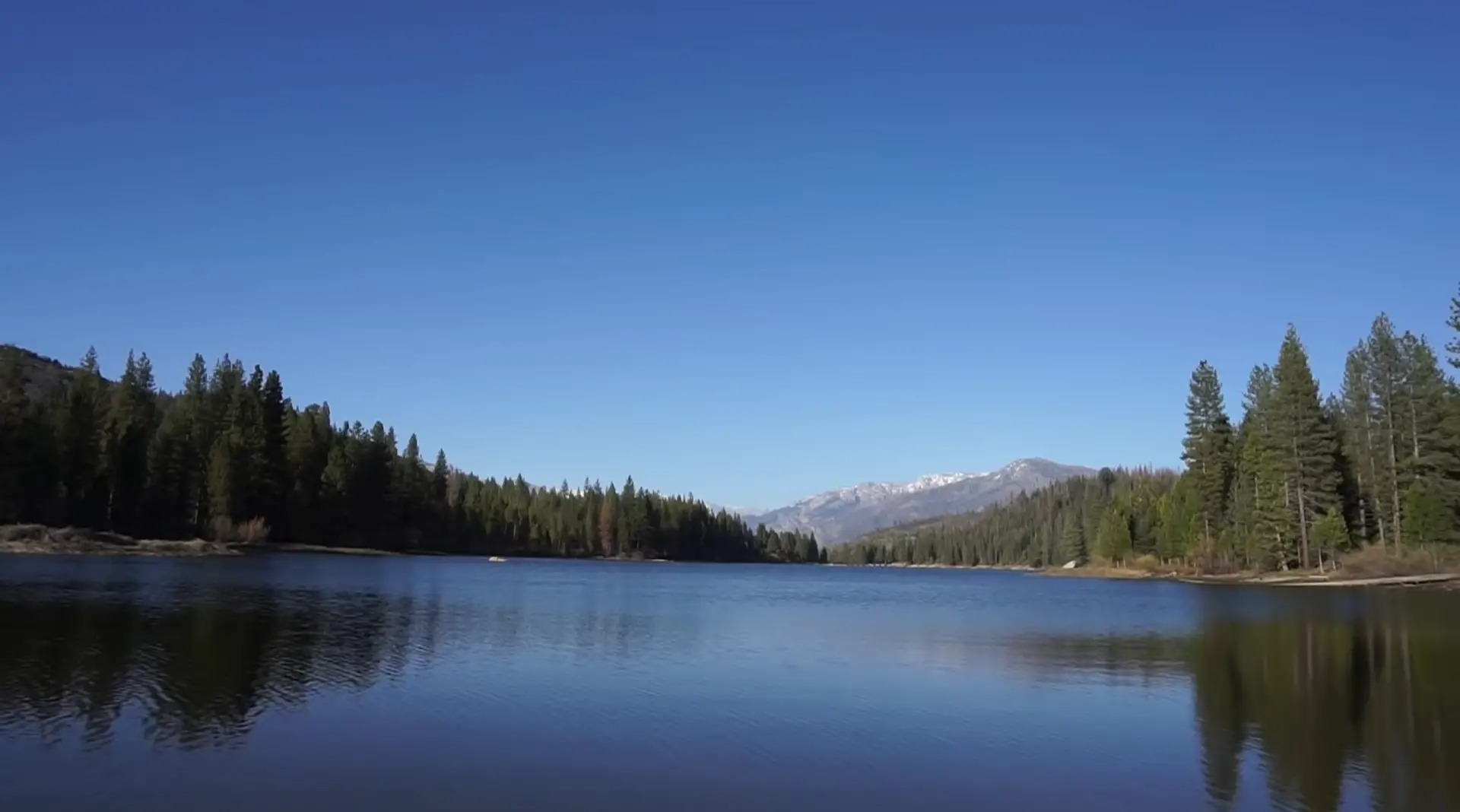
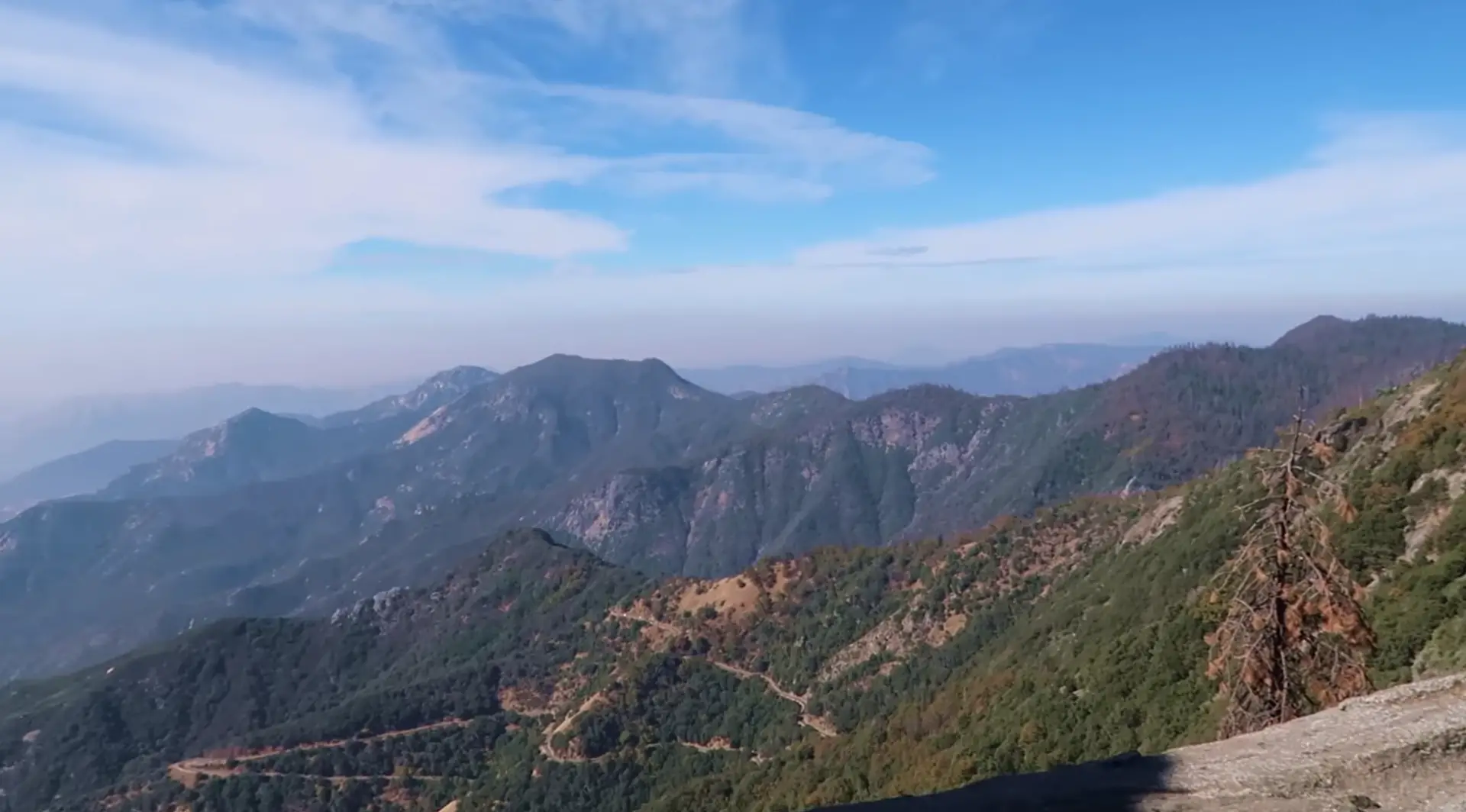
Each of the parks’ areas possesses its own special beauty and attractions. Giant Forest is known for its groves of ancient sequoias, luscious meadows and its granite monolith. Grant Grove also has its sequoias and lovely meadows, but the land here is more convoluted, with large granite boulders, azalea bushes and ravines. Cedar Grove is essentially a glacial moraine—with roaring river, waterfalls and exquisite meadows. Canyon walls here rise nearly a mile above the river’s level. Mineral King Valley is rugged country and supplies superlative hiking access to backcountry meadows, alpine lakes and high peaks. 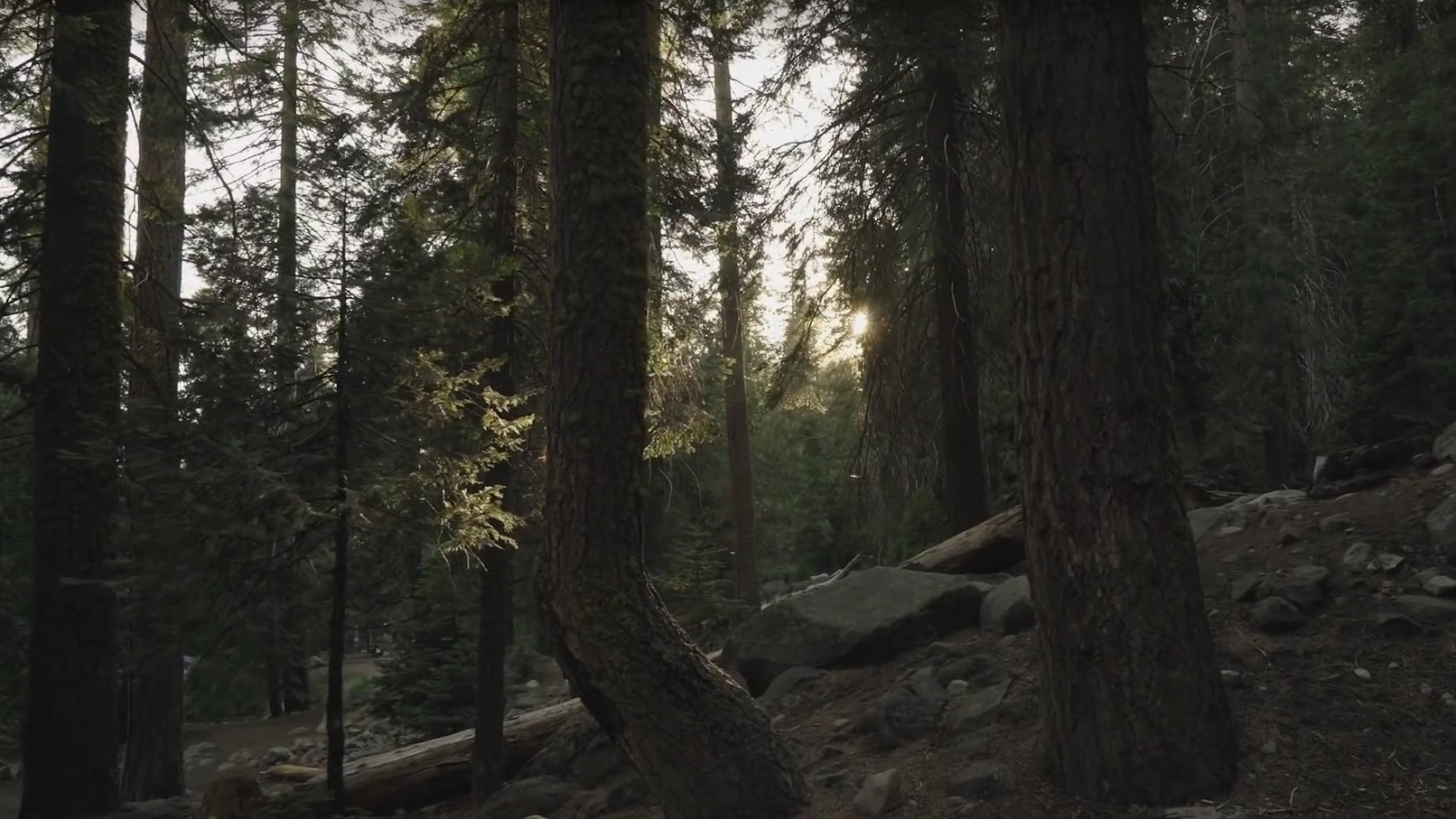
There are 800 miles of hiking trails within the two parks. Many easy walks and short hikes lead visitors to fantastic scenic views, meadows and, of course, the mighty sequoias. A moderately difficult walk up the 400 steps at Moro Rock offers a panoramic view of the Great Western Divide. More difficult hiking trails include the Pacific Crest Trail, Wood Creek Trail and High Sierra Trail. Backcountry hiking and camping is outstanding in the parks’ vast wilderness areas.
Sequoia/Kings Canyon has a number of prodigious scenic drives. The good, but narrow road, clings to the canyon wall, follows the roaring rapids of the south fork of the Kings River and ends just past Zumwalt Meadow.
Boyden Cave is located near the drive’s mid-point. Also, near Giant Forest, Crystal Cave provides visitors a unique and gorgeous tour.
Among the many other adventures available in the parks, horseback riding, boating (Hume Lake), fishing and ranger-led programs are very popular activities. Wildlife and wildflowers are abundant in the parks. Be aware that cougars and black bear roam freely about both parks! please follow park rules and guidelines.
Under the new General Management Plan, Sequoia and Kings Canyon are undergoing some major reconstruction and changes. Shuttle bus service has been instituted in the Giant Forest/Lodgepole areas and visitors are encouraged to use them. New lodges and restaurants have been built at Wuksachi Village near Lodgepole and the John Muir Lodge is open in Grant Grove Village. Some roads are being repaired and gasoline is only available at Hume Lake and Kings Canyon Lodge.
Parks Campgrounds and Facilities
Camping in this high Sierra wonderland is a very enjoyable experience. There are over 1200 developed campsites available in Sequoia/Kings Canyon as well as camping facilities in the Sequoia National Forest. Lodgepole (230 sites) and Dorst Campground (218 sites) are the only two that accept (and recommend) advanced reservations. Hook-ups are not available in either park. Dump stations are provided at both the above and at Princess Campground in the Sequoia National Forest.
Azalea Campground in Grant Grove is a home away from home. There are sequoia trees, granite boulders, meadows and azalea bushes throughout the campground. Also, some great walks and trails are located in the general area. Grant Grove is centrally located for both parks. It is about 30-miles from both Cedar Grove and Giant Forest areas. At 6,500 feet, patches of snow can linger here until mid-June. Camping in the late fall is also great at Azalea.
Area Private RV Parks
A few private RV parks are located in the general vicinity, however, choices are limited. Three Rivers, on Highway 198 and near Lake Kaweah, has two small but nice RV parks. There are also a couple of small parks in Fresno, Ca. (no web sites). In Visalia, Ca., the Visalia/Fresno KOA is a very nice full-service RV park.
The Sierra Nevada Mountain Range stretches for 400 miles and has six peaks over 14,000 feet. Kings Canyon reaches a depth of 8,000 feet just outside the park boundary—deeper than the Grand Canyon. The General Sherman Tree is between 2,300 and 2,700 years old. It is 274.9 feet tall and 102.6 feet around at its base—the largest living thing on earth. Vast forests of sugar pine, white fir, incense-fir and lodgepole pine blanket the parks region. Stellar jays, mule deer, coyotes, bobcats, mountain lions and black bears are resident members of this Sierra paradise.


